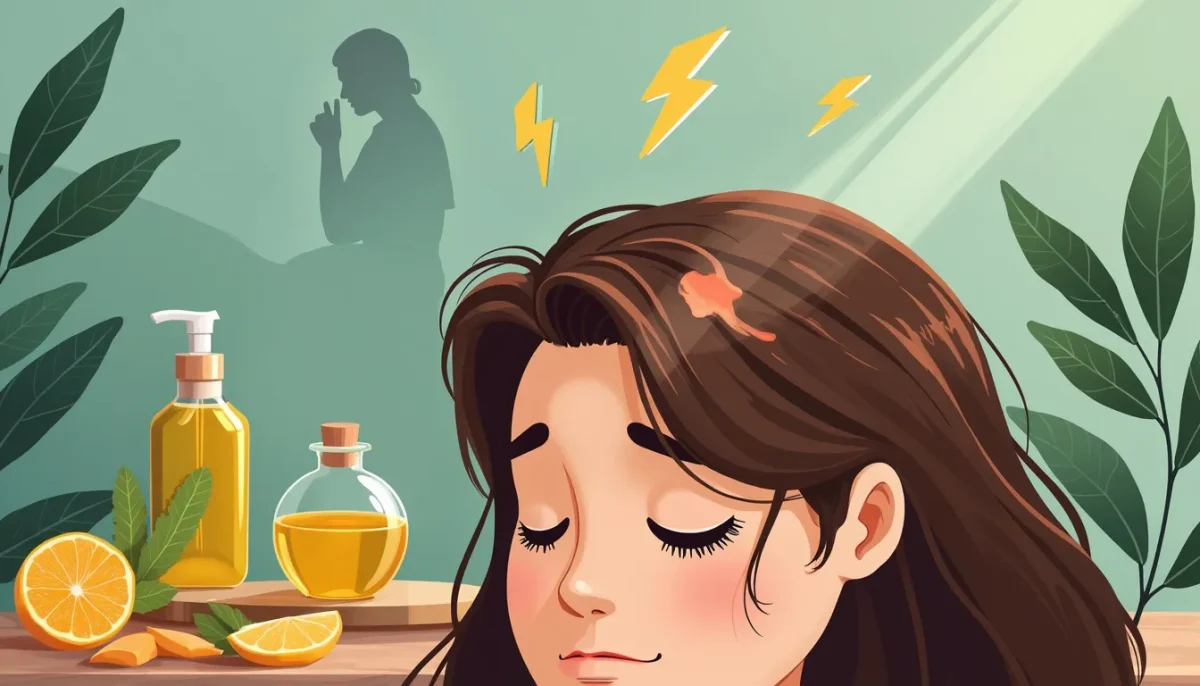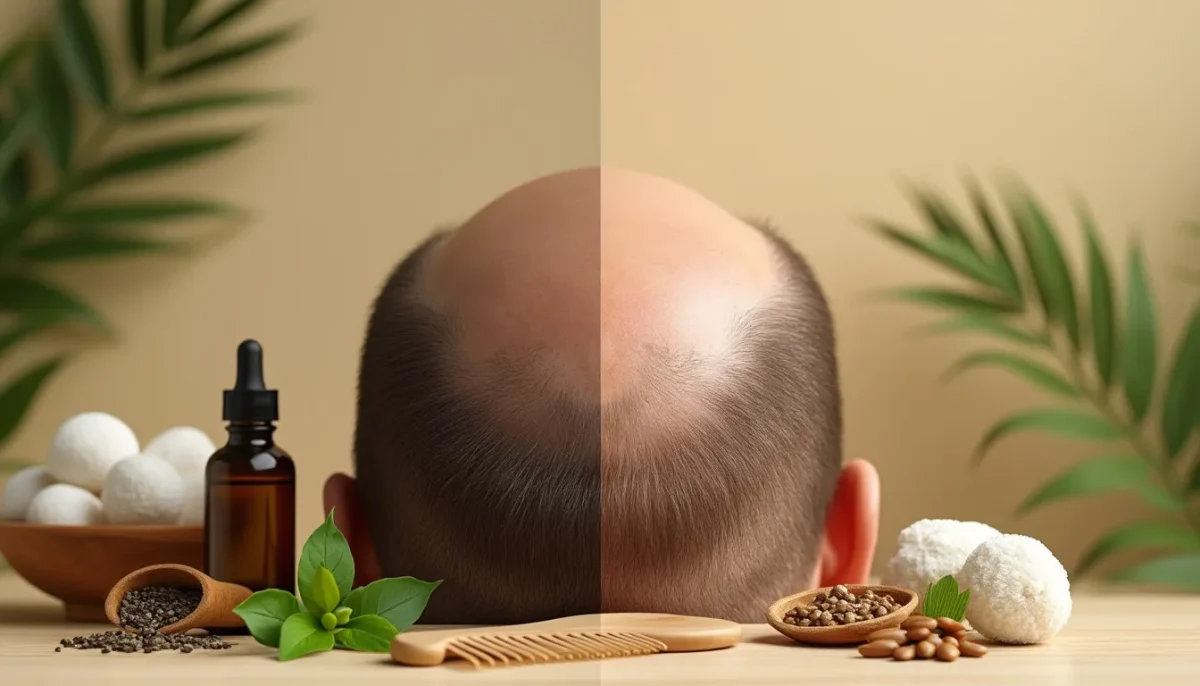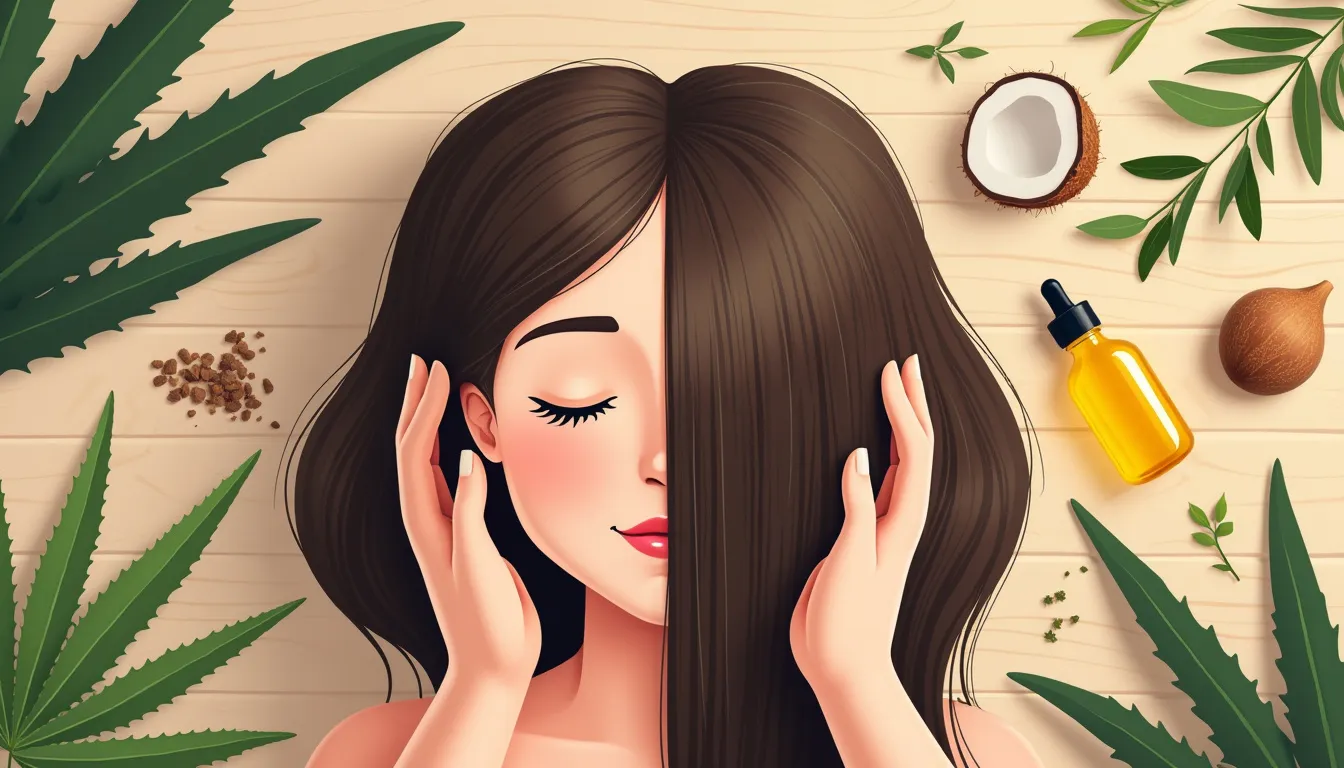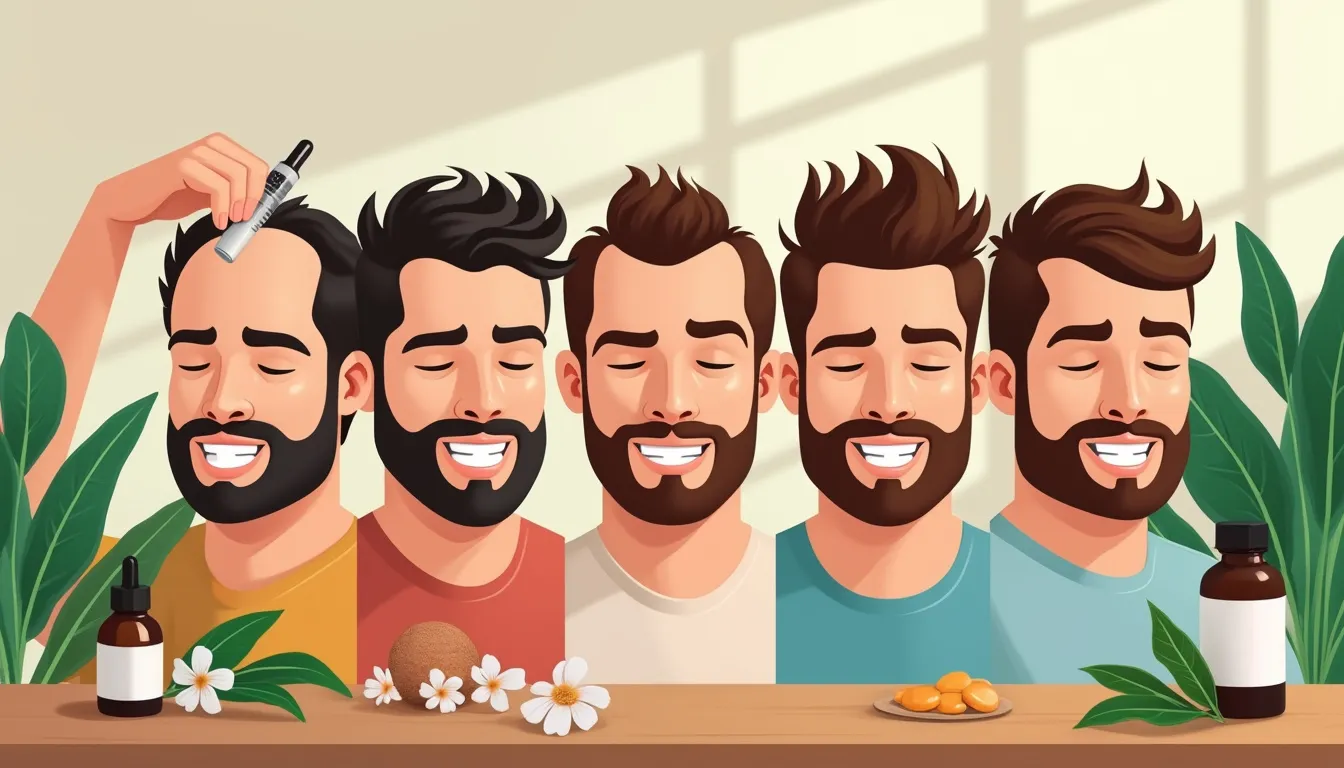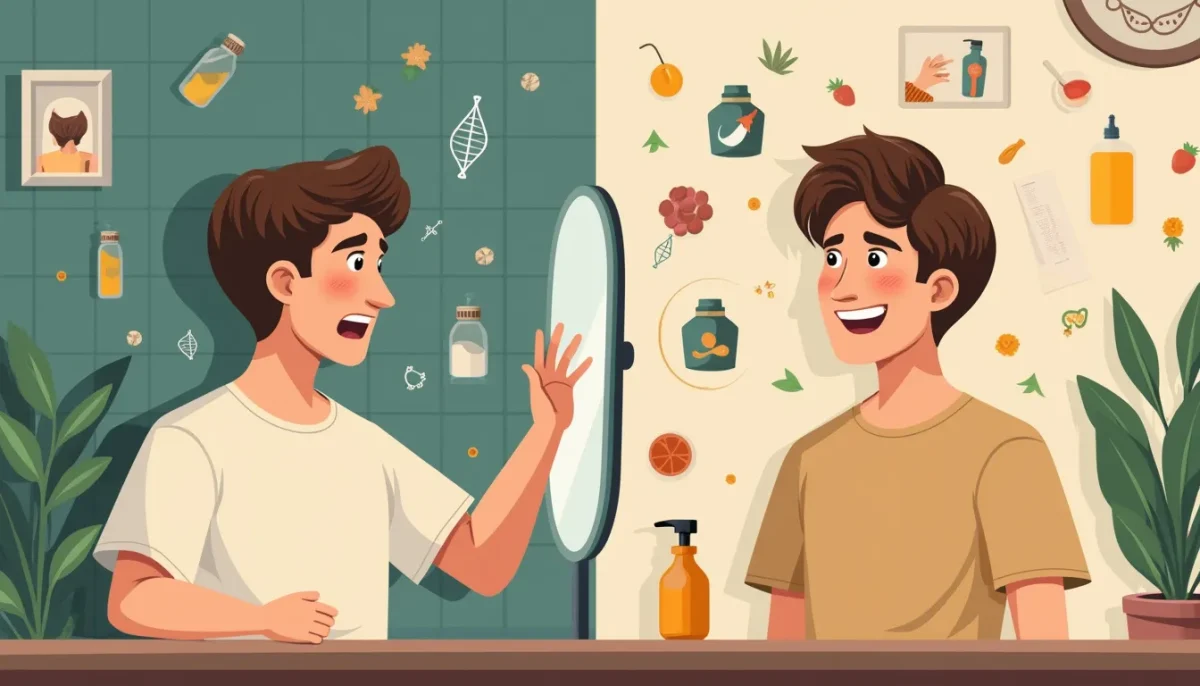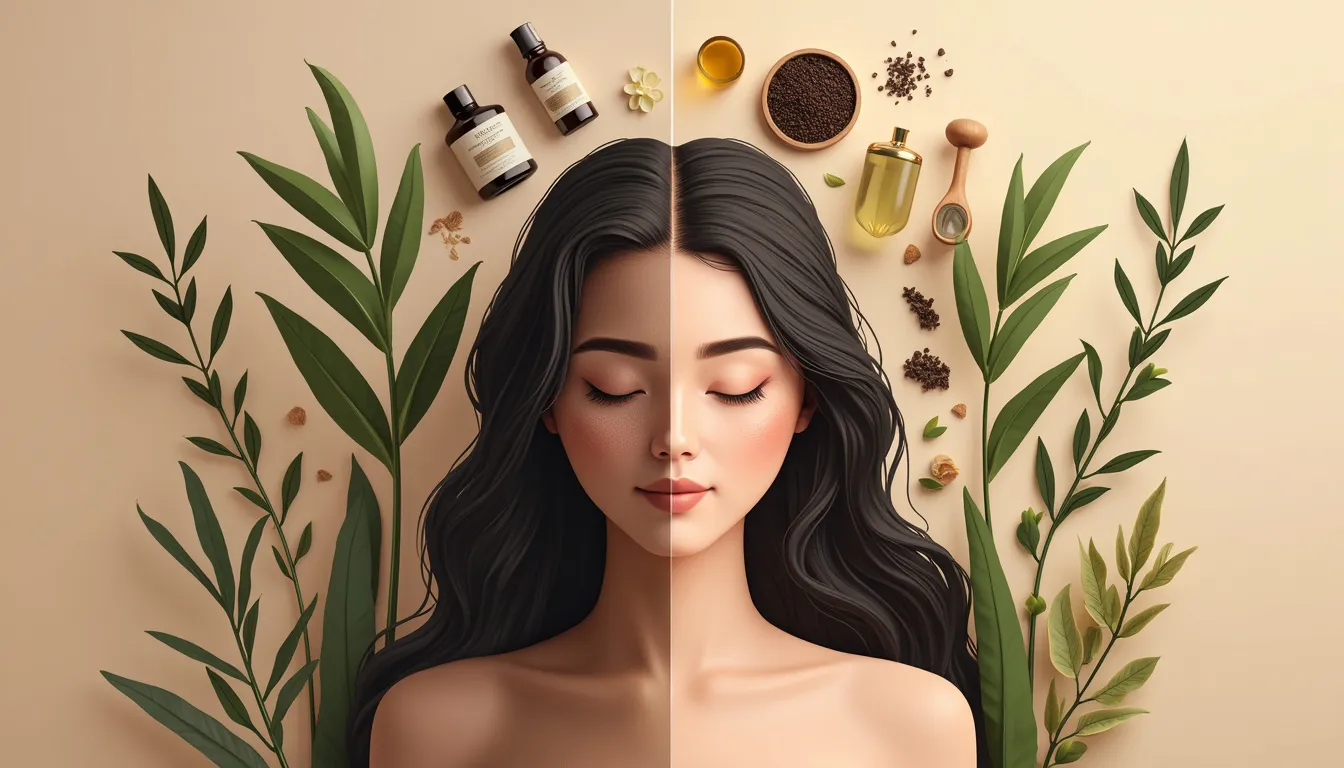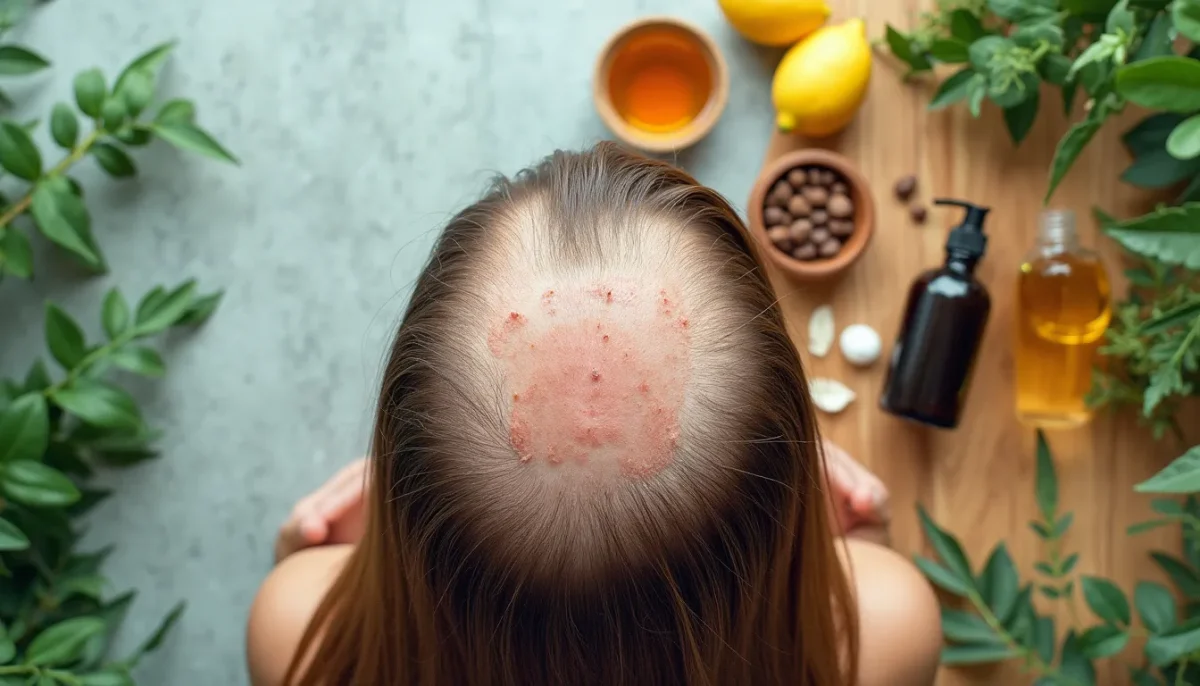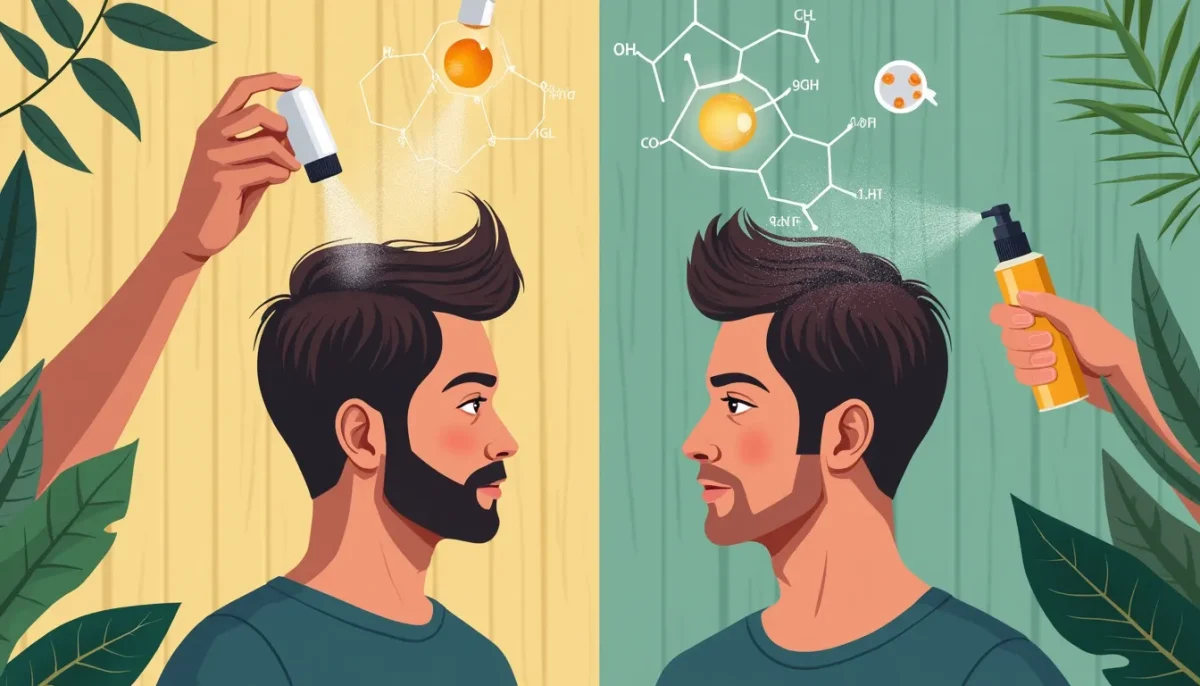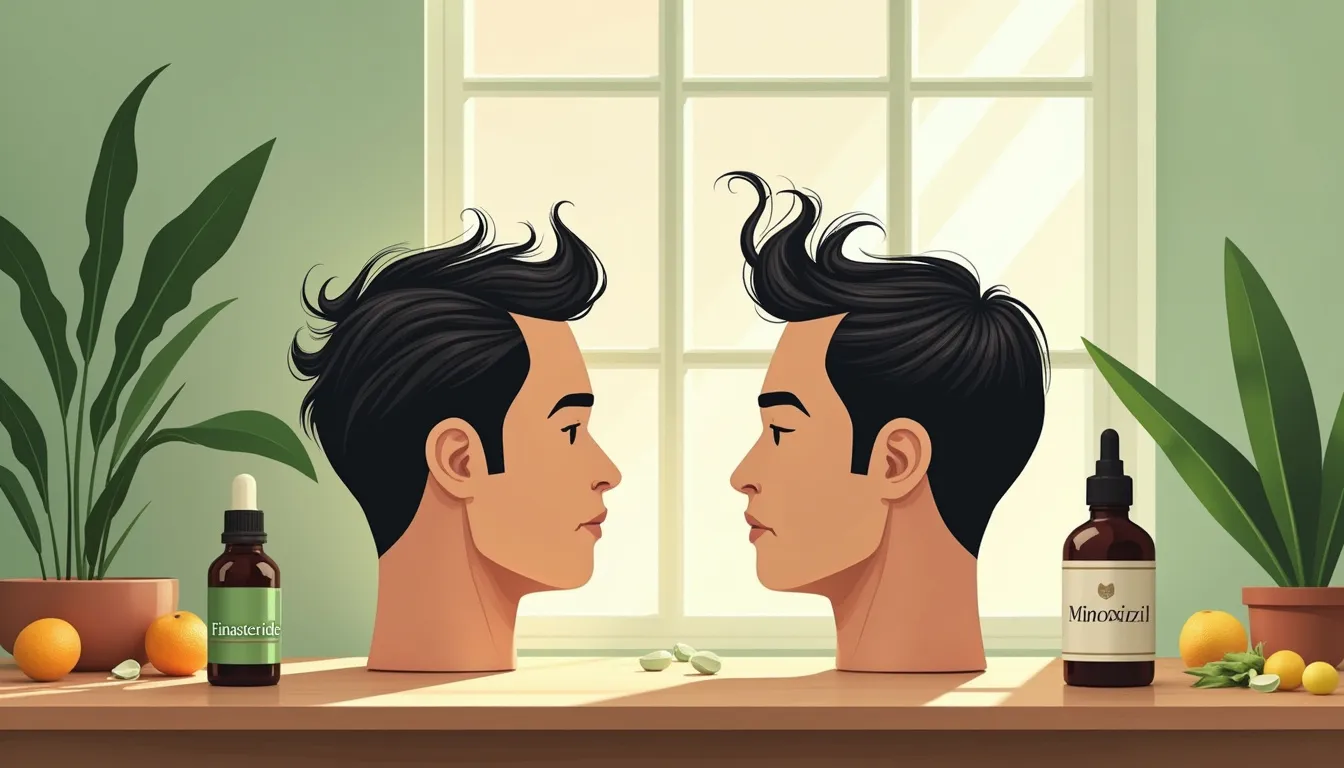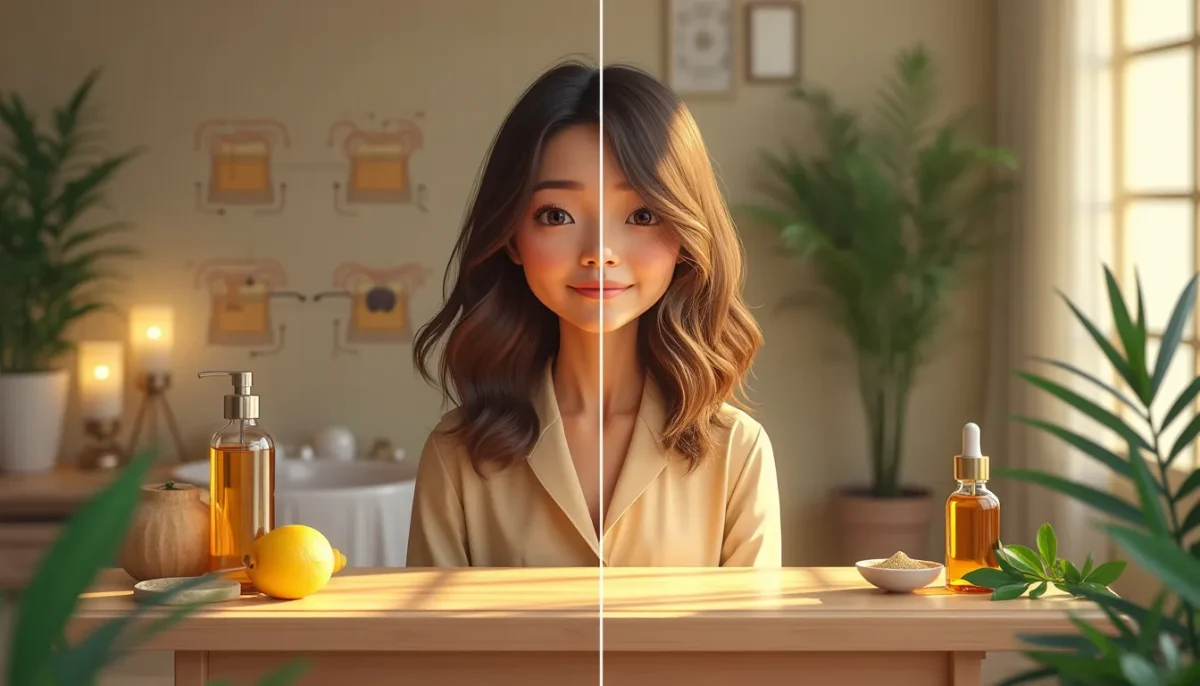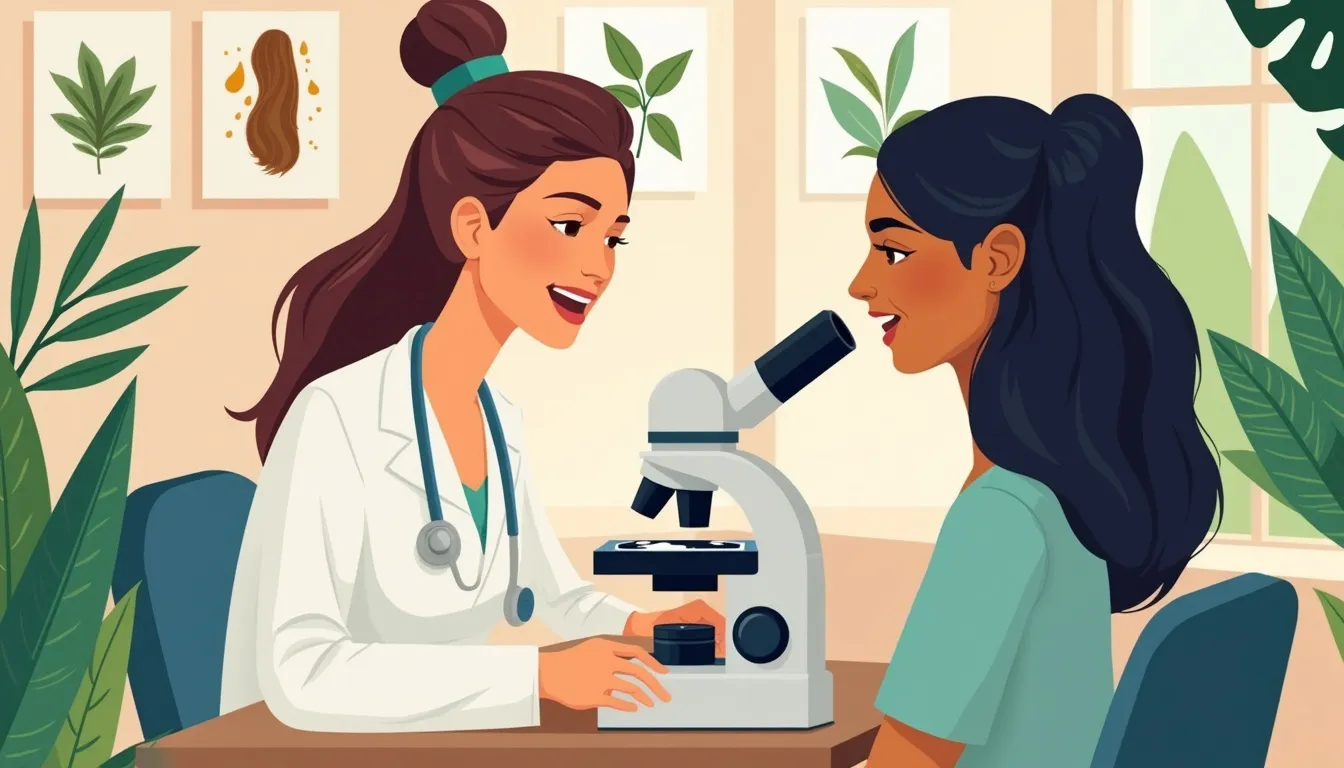Are you tired of looking in the mirror and seeing your once-luscious locks looking sparse and lifeless? You’re not alone. Thinning hair is a common concern for many, but the good news is that the right shampoo can make a world of difference. In this comprehensive guide, we’ll dive deep into the world of hair care to bring you the top 10 best shampoos for thinning hair that can help revitalize your mane and boost your confidence.
Whether you’re dealing with age-related hair loss, hormonal changes, or stress-induced thinning, finding the perfect shampoo can be a game-changer in your hair care routine. We’ve scoured the market, analyzed countless reviews, and consulted with hair care experts to bring you a curated list of products that truly deliver results.
From volumizing formulas that add body and bounce to nourishing blends that strengthen hair from root to tip, we’ve got options for every hair type and concern. Say goodbye to limp, lifeless strands and hello to fuller, healthier-looking hair. Get ready to discover the secret weapons in the battle against thinning hair and learn how to choose the best shampoo for your specific needs. Let’s embark on this journey to hair rejuvenation together!
Understanding Thinning Hair and Choosing the Right Shampoo
When it comes to maintaining a full, luscious head of hair, finding the best shampoo for thinning hair can make all the difference. But before we dive into our top picks, it’s crucial to understand the root causes of thinning hair and what to look for in a shampoo that can help combat this common concern.
Causes of Thinning Hair
Thinning hair can be attributed to various factors, and understanding these can help you choose the most effective shampoo for your needs:
- Genetics: Sometimes, it’s just in your DNA. Male and female pattern baldness, known as androgenetic alopecia, is the most common cause of hair thinning.
- Hormonal Changes: Pregnancy, childbirth, menopause, and thyroid problems can all lead to temporary or permanent hair thinning.
- Nutritional Deficiencies: Lack of essential nutrients like iron, protein, and vitamins can affect hair growth and thickness.
- Stress: Both physical and emotional stress can trigger a type of hair loss called telogen effluvium.
- Medical Conditions: Certain scalp conditions, such as psoriasis or fungal infections, can contribute to hair thinning.
- Medications: Some drugs, including those used for cancer, arthritis, depression, and heart problems, can cause hair loss as a side effect.
- Hairstyling Practices: Excessive heat styling, tight hairstyles, and harsh chemical treatments can damage hair follicles and lead to thinning.
Key Ingredients to Look for in Shampoos for Thinning Hair
When searching for the best shampoo for thinning hair, keep an eye out for these powerful ingredients:
- Biotin: Also known as vitamin B7, biotin helps improve hair’s keratin infrastructure, promoting strength and thickness.
- Saw Palmetto: This natural DHT blocker can help reduce hair loss caused by androgenetic alopecia.
- Caffeine: Stimulates hair follicles and can extend the hair growth phase.
- Ketoconazole: An antifungal ingredient that can help with scalp conditions that contribute to hair loss.
- Minoxidil: While more commonly found in topical treatments, some shampoos now incorporate this FDA-approved hair growth stimulant.
- Niacin (Vitamin B3): Improves blood circulation to the scalp, potentially stimulating hair growth.
- Pumpkin Seed Oil: Rich in nutrients that can help block DHT and promote hair growth.
- Zinc: Helps with protein synthesis and cell division, both crucial for healthy hair growth.
Remember, while these ingredients can be beneficial, it’s essential to choose a shampoo that addresses your specific hair thinning concerns and works well with your hair type.
How to Choose the Best Shampoo for Your Specific Needs
Selecting the best shampoo for thinning hair isn’t a one-size-fits-all process. Here’s how to narrow down your options:
- Identify Your Hair Type: Is your hair oily, dry, or combination? Look for a shampoo that addresses both your thinning concerns and your hair type.
- Consider the Cause: If you know the reason behind your thinning hair (e.g., hormonal changes, stress), look for ingredients that target that specific issue.
- Check for Harmful Ingredients: Avoid shampoos with sulfates, parabens, and alcohol, which can strip hair of natural oils and exacerbate thinning.
- Read Reviews: Look for feedback from people with similar hair concerns to gauge the effectiveness of different products.
- Consult a Professional: If you’re unsure, talk to a dermatologist or trichologist who can recommend products based on your specific situation.
- Consider Your Lifestyle: If you’re always on the go, you might prefer a 2-in-1 shampoo and conditioner. If you have more time for hair care, you might opt for a more intensive treatment shampoo.
- Budget: While some high-end shampoos for thinning hair can be pricey, there are effective options at various price points. Determine what you’re comfortable spending.
- Contains BioAMP technology to thicken each hair strand
- Removes follicle-clogging sebum and environmental residues
- Refreshing minty scent
- May be too strong for sensitive scalps
- Relatively expensive compared to drugstore options
- Contains 17 DHT blockers to reduce hair loss
- Fortified with biotin and niacin for hair strength
- Suitable for all hair types
- May take several weeks to see noticeable results
- Some users report a strong herbal scent
- Contains Nanoxidil 5% for hair regrowth
- Stimulates scalp microcirculation
- Suitable for men and women
- One of the pricier options on the market
- May cause initial shedding as part of the hair growth cycle
- Contains Ana:Tel™ complex to promote thicker-looking hair
- Keratin, biotin, and zinc boost hair health
- Lightweight formula suitable for daily use
- May not be strong enough for severe thinning
- Some users find it doesn’t lather well
- Contains Stemoxydine® to promote a healthy scalp environment
- Hyaluronic acid adds moisture and volume
- Pleasant, subtle fragrance
- High-end price point
- May be too heavy for very fine hair
- 100% natural ingredients
- Argan oil provides deep nourishment
- Suitable for color-treated hair
- May not be strong enough for severe thinning
- Some users find it leaves a residue
- Clinically proven to regrow hair
- Easy to apply foam formula
- Suitable for men and women
- Requires consistent, long-term use
- May cause initial shedding
- Salicylic acid gently exfoliates the scalp
- 97% naturally derived ingredients
- Pleasant, herbal aroma
- May be too drying for some hair types
- Higher price point
- Budget-friendly
- Rosemary leaf extract boosts scalp health
- Suitable for color-treated hair
- May not be strong enough for severe thinning
- Some users find the scent overpowering
- Contains a blend of vitamins and minerals essential for hair growth
- Addresses internal factors contributing to hair thinning
- Can be used in conjunction with topical treatments
- Results may take time to become noticeable
- Not a direct replacement for shampoo
It’s important to note that while the right shampoo can make a significant difference in the appearance and health of thinning hair, it’s not a miracle cure. For best results, combine a quality shampoo with a healthy diet, proper hair care practices, and, if necessary, treatments recommended by a healthcare professional.
Also, be patient! Hair growth is a slow process, and it may take several weeks or even months to see noticeable results from a new shampoo. Consistency is key, so stick with a product for at least a few months before deciding if it’s working for you.
Now that we’ve covered the basics of understanding thinning hair and what to look for in a shampoo, you’re better equipped to choose the best product for your needs. In the next section, we’ll dive into our top 10 picks for the best shampoos for thinning hair, complete with detailed reviews and comparisons to help you make an informed decision.

Top 10 Best Shampoos for Thinning Hair
If you’re battling thinning hair, finding the right shampoo can make a world of difference. We’ve curated a list of the top 10 best shampoos for thinning hair to help you revitalize your locks and boost your confidence. Let’s dive into the details of each product, exploring their unique features, pros, and cons.
1. Nioxin System 2 Cleanser Shampoo
Nioxin has long been a trusted name in the fight against thinning hair. Their System 2 Cleanser Shampoo is specifically formulated for noticeably thinning, fine, natural hair.
Pros:
Cons:
Price: $$$
Where to buy: Available at most beauty supply stores and online retailers
2. Pura D’or Original Gold Label Anti-Thinning Shampoo
This organic shampoo is packed with natural ingredients known to promote hair growth and reduce thinning.
Pros:
Cons:
Price: $$
Where to buy: Amazon, Walmart, and the official Pura D’or website
3. Revita High-Performance Hair Stimulating Shampoo
Revita’s shampoo is a dermatologist-developed formula that targets multiple causes of hair thinning.
Pros:
Cons:
Price: $$$$
Where to buy: Official Revita website and select online retailers
4. Viviscal Gorgeous Growth Densifying Shampoo
This gentle shampoo is part of Viviscal’s comprehensive hair growth system, known for its clinically proven results.
Pros:
Cons:
Price: $$
Where to buy: Ulta, Amazon, and the Viviscal website
5. Kérastase Densifique Bain Densité Shampoo
This luxury shampoo from Kérastase is designed to add body and bounce to thinning hair.
Pros:
Cons:
Price: $$$$
Where to buy: Kérastase salons, Sephora, and high-end beauty retailers
6. Andalou Naturals Argan Stem Cell Age Defying Shampoo
This natural shampoo uses plant-based stem cells to rejuvenate thinning hair.
Pros:
Cons:
Price: $
Where to buy: Whole Foods, Vitacost, and natural health stores
7. Rogaine 5% Minoxidil Foam
While not technically a shampoo, this FDA-approved hair regrowth treatment deserves a mention for its proven effectiveness.
Pros:
Cons:
Price: $$$
Where to buy: Most drugstores and online retailers
8. Aveda Invati Advanced Exfoliating Shampoo
This natural shampoo from Aveda uses Ayurvedic herbs to cleanse and invigorate the scalp.
Pros:
Cons:
Price: $$$
Where to buy: Aveda salons, Nordstrom, and the Aveda website
9. L’Oreal Paris EverStrong Thickening Shampoo
This affordable option from L’Oreal Paris is sulfate-free and designed to strengthen thin, fragile hair.
Pros:
Cons:
Price: $
Where to buy: Most drugstores and supermarkets
10. HairFortinTM Hair Support Formula
While not a shampoo, this supplement deserves a mention for its comprehensive approach to hair health from the inside out.
Pros:
Cons:
Price: $$
Where to buy: Official HairFortin website
Remember, the best shampoo for thinning hair can vary depending on your specific needs and hair type. It’s often beneficial to combine a quality shampoo with other hair care practices and treatments for optimal results. Don’t hesitate to consult with a dermatologist or trichologist for personalized advice on managing thinning hair.
In conclusion, finding the best shampoo for thinning hair can be a game-changer in your hair care routine. While these top 10 shampoos offer excellent options for those dealing with hair thinning, it’s important to remember that results may vary from person to person. The key is to be patient and consistent with your chosen product, as it may take several weeks to see noticeable improvements.
When selecting a shampoo for thinning hair, always consider your specific needs, hair type, and any underlying conditions. Don’t hesitate to consult with a dermatologist or trichologist if you’re unsure about the cause of your hair thinning or if you need personalized advice.
Remember, a good shampoo is just one part of a comprehensive hair care routine. Combine your chosen shampoo with a balanced diet, proper scalp care, and stress management for optimal results. You may also want to explore other hair loss solutions to complement your shampoo, such as supplements or topical treatments.
If you’re looking for a comprehensive program to address hair loss and promote hair growth, consider checking out Hairfortin at https://hairsecurity.net/HairFortin. This innovative solution offers a holistic approach to tackling hair loss and may be the perfect complement to your new shampoo regimen.
Ultimately, the journey to thicker, fuller hair is unique for everyone. Stay positive, be consistent with your chosen products, and don’t be afraid to experiment until you find the perfect solution for your thinning hair. With the right approach and a little patience, you can revitalize your locks and boost your confidence.

